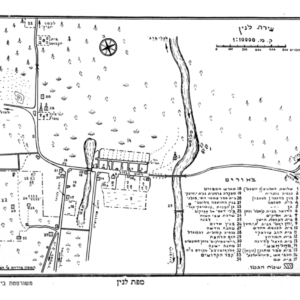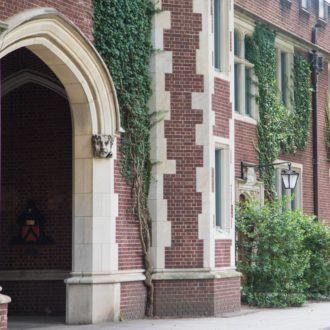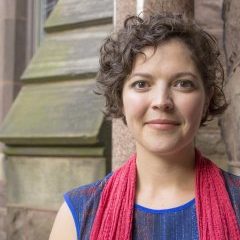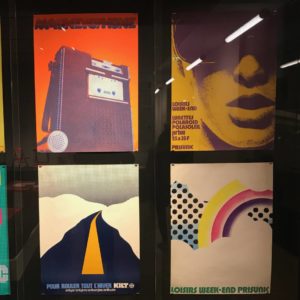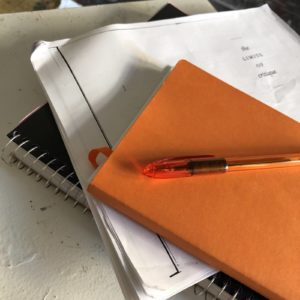
As we work our way into the fall semester, my fellow seniors might find some truth in the well-worn Dickens adage, “It [is] the best of times, it [is] the worst of times.” While this sentiment assumes a different shape and quality for each of us, it does seem generally fair to say that our final fall of college brings with it many joys—such as the enjoyment of established friendships, institutional and departmental familiarity, and an overall excitement about the many possibilities ahead—as well as certain unique stressors, such as discerning what in the great wide world to do after graduation and, of course, writing that Senior Thesis. While no one blog post can assuage all of our collective life-directional angst, that needn’t stop us from thinking about how to make our present situation a little brighter. One key way in which I suggest we can do this is by reframing how we view our theses. Which is to say, if your thesis currently makes you feel stressed, bored, uneasy, or generally bad, I hope you will read on. Continue reading Reframing the Senior Thesis for Intellectual Interest and Public Service



